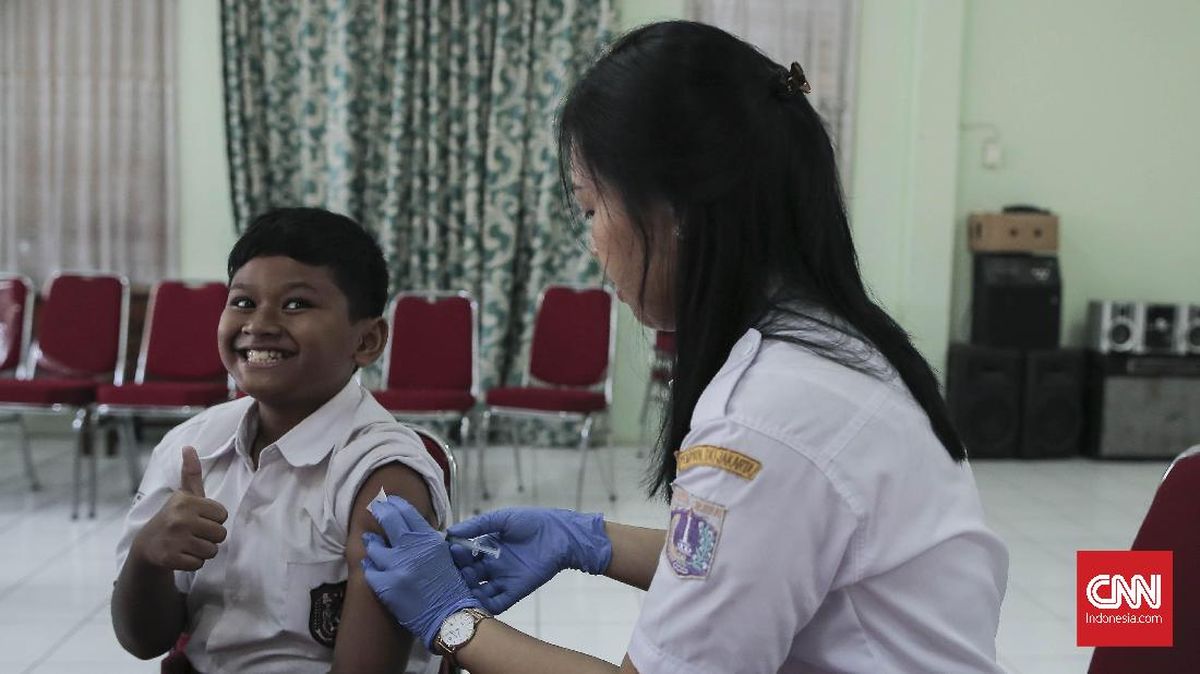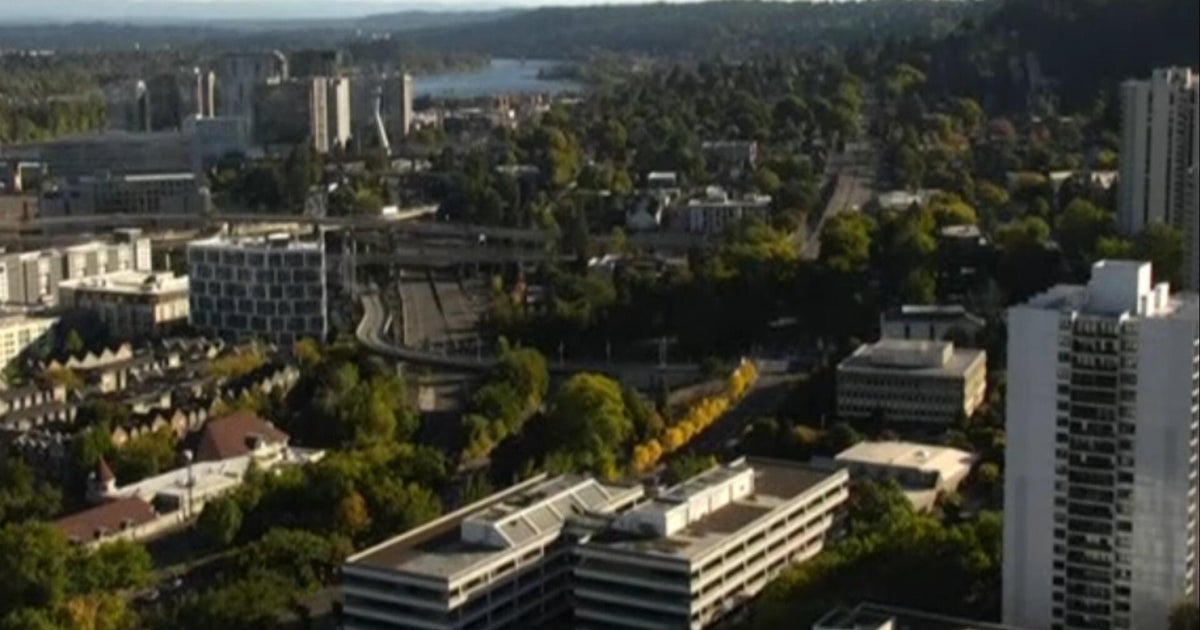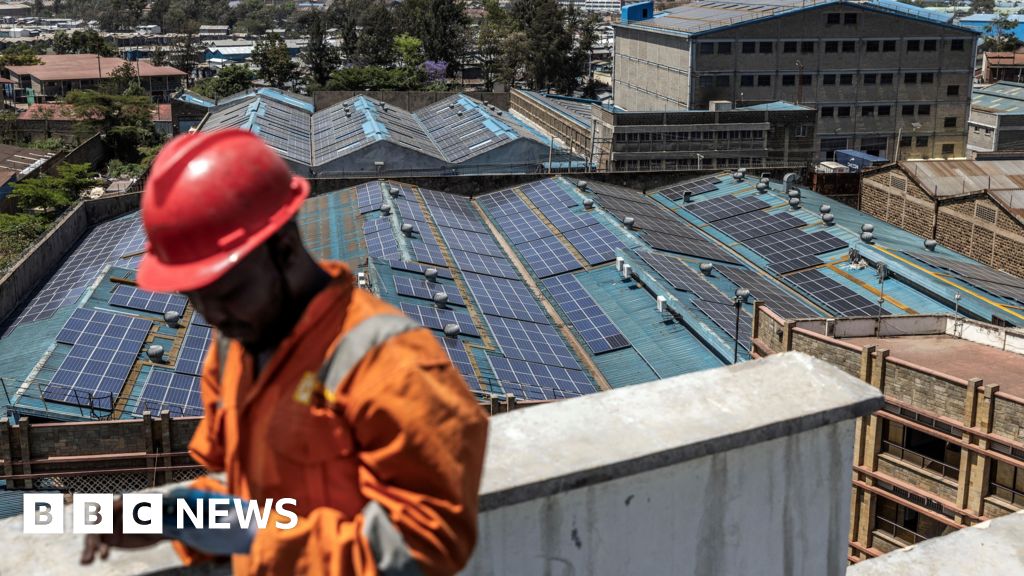By Grace Bacon
October 7, 2025 — 10.11am
When ageing Australians talk about joining the “SKI club”, they’re more likely to be pondering how to manage their financial legacy, rather than hitting the slopes. This club, discussed in hushed tones by retirees around Australia, refers to “spending the kids’ inheritance”.
I say this in jest, but the reality is many older Australians are wrestling with the right financial options over the last quarter of their life.

If you intend to join the SKI club, make sure you’ve planned for later in life.Credit: iStock
They are weighing the options: spending their hard-earned savings in their retirement years or passing on the majority of their funds in their wills. They’ll be working out how much they’ll need to care for themselves and even whether to give loved ones a “living inheritance” while they’re still around to see their offspring enjoy it.
As to why someone might opt to spend their nest egg, one recently retired couple told me they’d worked hard all their lives, deserved to splurge on trips and devise a gifting strategy for the social causes close to their hearts.
These clients said it would be a bonus for their children if there was anything left over, as the couple had already invested in their children’s education. There’s no right or wrong, it’s what works for you.
With Australians living longer and healthier lives, and 70 quickly becoming the new 50, it has become essential – and more complex – to plan for later life. A retiree at 65 could get a good few decades of healthy and active retirement before having to enter later life care.
Individuals with $500,000 or less may pay less for their care under the new system – but everyone else is likely to pay more.
The priority in retirement planning should be checking your investments and cashflow to ensure your capital is going to last at least for the average life expectancy (currently just over 85 for Australian women, 81 for men).
Think about what sort of retirement lifestyle you want, and how much is needed to support that lifestyle. If your dream is taking a caravan around Australia, you may need substantially less than if you want overseas trips twice a year, or plan for a mosh pit view at every stop on Bruce Springsteen’s global tour.
The aged care option
Whether you’ve downsized, stayed in the family home or moved to an independent living community, at some stage you’ll need to think about when you become more vulnerable and need access to quality health care.
This may mean you need extra help at home or need to move into aged care. From November 1, a new rights-based Aged Care Act will be in place, along with a new Support at Home program.
These reforms cement a shift towards a more user-pays model, pushing retirees to pay more for aged care to relieve pressure on a system that has lumbered along under immense financial pressure.
RSM Australia’s Benjamin Lembo, who specialises in aged care financial planning, says later life is full of financial transitions that need careful planning.
Loading
Lembo says the most crucial questions for couples to answer around aged care are: What are the fees? How would we pay for the bond? Are there in-home care options that would better suit our health and financial situation? What would happen to the family home if one of us enters supported care?
There is no one-size-fits-all answer to these questions, but the one thing everyone can do is think about it and plan early. Aged care decisions often need to be made quickly, Lembo says, so having a strategy in place can take a lot of stress off the family when the time comes.
Aged care charges
Under the aged care reforms, the government has opted for out-of-pocket costs to be borne by users of care with financial means.
The old means tested care fee will become the non-clinical care contribution. The maximum payment rate will increase by $3614 per annum and will be paid by all residents with assets above $926,000 (previously this was for assets of more than $2 million).
Additionally, the lifetime cap on means-tested fees will be raised to $130,000 (previously $82,018). Although this means tested contribution starts from a higher asset base, the payment burden accelerates more quickly than before.

Major changes are coming to Australia’s aged care system.Credit: Dominic Lorrimer
RSM Australia estimates individuals with $500,000 or less may pay less for their care under the new system – but everyone else is likely to pay more.
Then there’s the refundable accommodation deposit (RAD), an upfront payment to cover the cost of a room in residential aged care – well, at least until 2035, when it will be phased out.
While existing rules have the government guaranteeing the full amount to be returned if the resident switches facilities or passes away, under the rules in place from July 1, 2 per cent of the RAD will be retained by the accommodation provider each year, for up to five years.
The RAD limit, after which aged care providers need approval to charge, is also being lifted from $550,000 to $750,000.
The alternative to paying the RAD upfront is the daily accommodation payments (DAPs, a rental-style charge). These reflect a percentage of the unpaid RAD and can accumulate in the same way as interest paid on an outstanding credit card balance.
The new DAP changes will be indexed to CPI (typically 2 to 3 per cent annually). For example, a resident in a $750,000 room paying $62,850 a year would now pay an increase of about $1571 per annum (2.5 per cent). This indexation alone may well exceed the stage 3 tax cut for many individuals.
Clearly, whether retirees plan to spend or save their nest eggs, there’s always a sting in the tail.
Grace Bacon is the director of RSM Financial Services Australia, advising clients on wealth management, retirement planning and succession planning.
- Advice given in this article is general in nature and is not intended to influence readers’ decisions about investing or financial products. They should always seek their own professional advice that takes into account their personal circumstances before making any financial decisions.
Expert tips on how to save, invest and make the most of your money delivered to your inbox every Sunday. Sign up for our Real Money newsletter.
Most Viewed in Money
Loading


















































